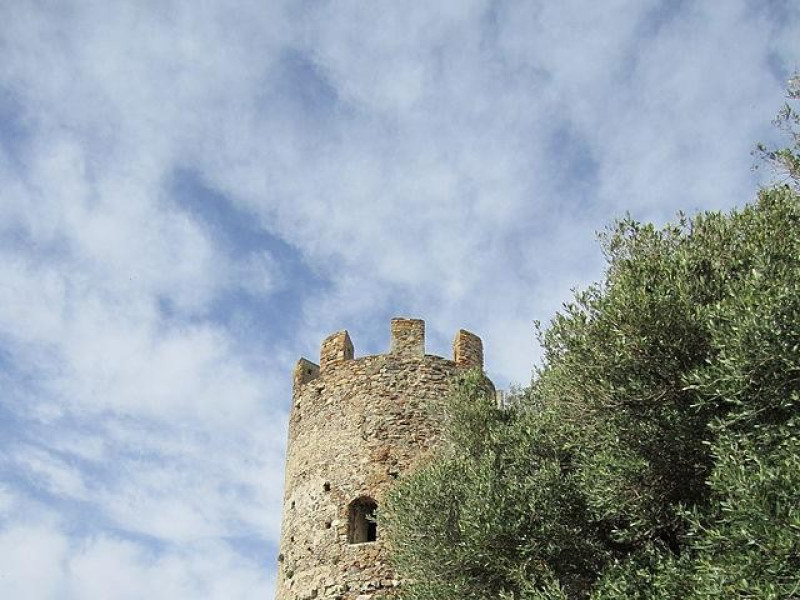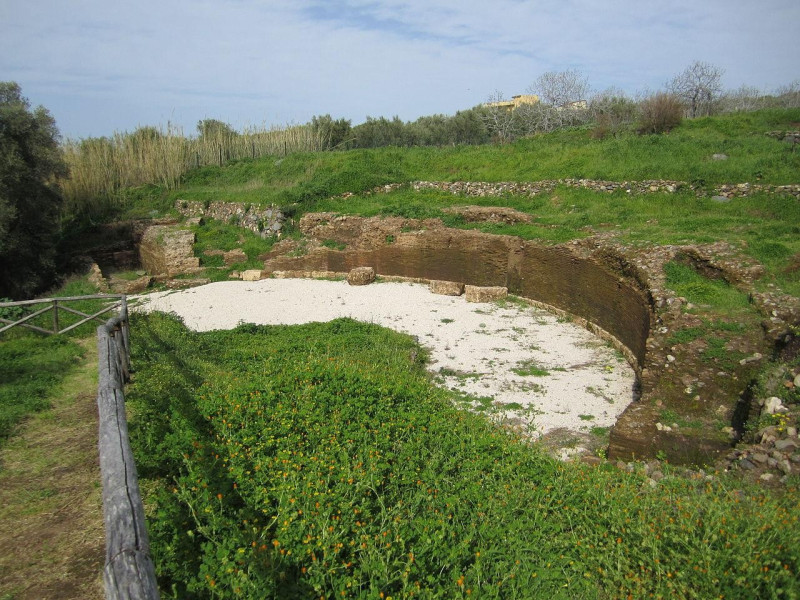Parco Archeologico dei Tauriani “Antonio De Salvo”
The Archaeological Park of Tauriani "Antonio De Salvo", located in the area in which had placed the ancient bruzia city of Tauriana, is named after Antonio De Salvo (Palmi, 1851-1924), a surgeon by which it must, in nineteenth century, the first archaeological discoveries. The Park, with its current three hectares in size of about ten hectares estimated for the Roman city, occupies the central part of a plateau overlooking the Tyrrhenian coast, a few kilometers from the town of Palmi. Interventions, implemented by the Superintendence for Archaeological Heritage of Calabria since 1995, have unearthed the remains of huts dating from the Bronze Age to 4.000 years ago, and plants of the Brettia and Roman urban city (IV century BC - IV century AD) with public architecture, sacred and private, as the House of Mosaic, the urban Sanctuary and the last important discovery: the Building for Shows, which began as an amphitheater for gladiatorial combat, with a capacity of 3.000 spectators. The archaeological remains are placed in a setting of extraordinary beauty landscape and environment: the path, marked by special boards, it takes the visitor into the heart of the town. The systematic excavations have allowed to define the area of influence of Tauriani both in spatial and chronological terms: the great urban road passing through the ancient Tauriana, is preserved in the paving in local stone. Its continuation, out of town, leading to Popilia Road, important road link between Reggio Calabria and Capua-Rome. They are part of the Park also the medieval structures of the ancient Church of St. Fantin and the Saracen Tower. The Park hosts six art sculptures, made of blocks of white marble, works of artists Maurizio Carnevali, Patrick Crombé, Raymond Lohr, Marit Lyckander, Luca Marovino and Mary Rucker.




